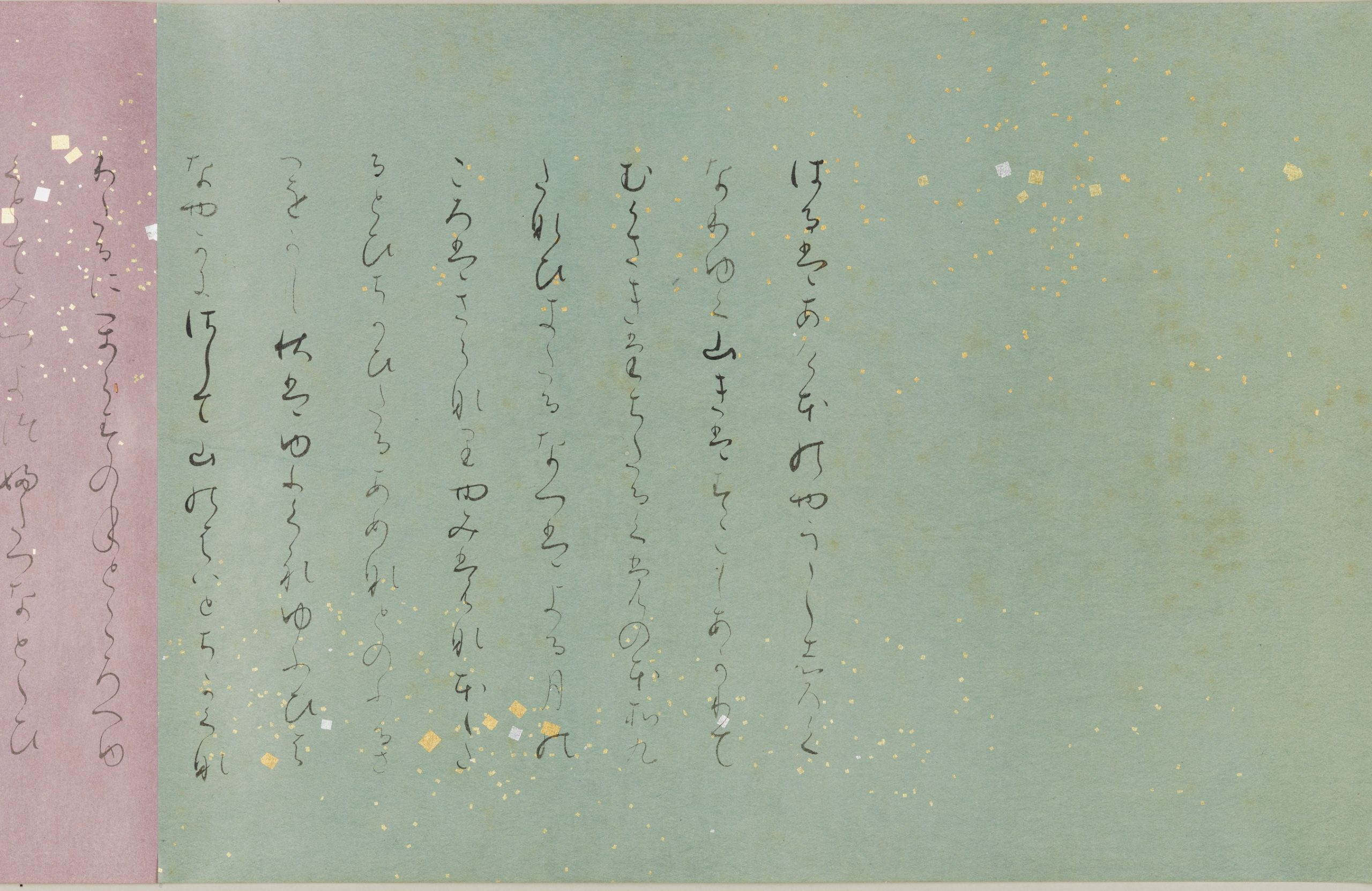Q1.When was Sei Shonagon born? Who was her father?
Sei Shonagon was born around 966 (the 3rd year of the Kōho (康保) era).
Her father, Kiyohara Motosuke (清原元輔), was one of the leading poets of his time, and was even engaged in editing the ‘Gosen waka shu (後撰和歌集)’.
The Kiyohara family was of the Receiver class, who performed administrative duties in the local provinces. The families of the general recipient class were financially well-off and had an environment conducive to the study of Chinese studies and waka poetry, as well as an atmosphere of freedom that was not found in the more formal upper classes.
It is assumed that Sei Shonagon had a carefree childhood.

Q2.What kind of childhood did Sei Shonagon have?
Many members of the Kiyohara family were well versed in waka poetry and Chinese studies, and it is thought that Sei Shonagon grew up in a culturally rich environment.
Around the age of 16, Sei Shonagon married Tachibana Norimitsu (橘則光), and the following year gave birth to their first son Norinaga (則長). However, life with her husband did not last long. However, it was not a bereavement, but a divorce. They were married for about nine years.
Sei Shonagon seems to have felt that Norimitsu was good-natured and petty. Perhaps Sei Shonagon’s saying whatever one feels was a trait she had developed from her youth.

Q3.What did Sei Shonagon do? What is his representative work?
Sei Shonagon is best known for her masterpiece essay The Pillow Book. The Pillow Book was written when Sei Shonagon was in the service of the court. It captures the glamorous life of the court with Sei Shonagon’s sensibility.
There is a theory that Sei Shonagon was not good at poetry, even though his father Motosuke was a famous poet. Sei Shonagon established a new genre that was neither waka nor narrative. The Pillow Book was a novel work in which she wrote about the beauty of the court with her individuality, fresh perspective and sharp style. The Pillow Book is a masterpiece of the genre because it is written in a timelessly scene-like, visual and associative manner.

Q4.Whom did Sei Shonagon serve?
In the 993(4th year of Shouryaku (正暦)), Sei Shonagon began serving under Emperor Ichijo (一条)’s middle palace, Chugu Teishi (中宮定子). She was 27 years old, about two years after her divorce.
Under the watchful eye of the gentle and kind Chugu Teishi, Sei Shonagon was able to show off her talents freely. It was this life in the service of the court that gave birth to The Pillow Book.
Chugu Sadako’s ‘salon’ was a place of glamorous socialising. Sei Shonagon enjoyed witty conversation and was thrilled by the witty banter, demonstrating her innate qualities of excellence.
Sei Shonagon’s period of service was surprisingly short, ending after about 10 years with the death of Teishi.
Q5.What were the last years of Sei Shonagon’s life?
Little is known about Sei Shonagon’s later years. In the ‘Kojidan (古事談)’, it is written that Sei Shonagon fallen on hard times in her later years. The house she called home was in such disrepair that a passer-by laughed at her, saying: ‘Even a brilliant woman has fallen this far’.
Lifting up the bamboo screen, the old woman with a frightening expression responded with: ‘Even if it has fallen, prized horse’s bones will still have a buyer. Don’t be so degrading.” This episode reveals the magnanimous character of Sei Shonagon, who held onto her pride until the very end.

This article is a reprint of the magazine Waraku (Jan 2007).
Text by Hamano Chihiro
This article is translated from https://intojapanwaraku.com/culture/223161/


























